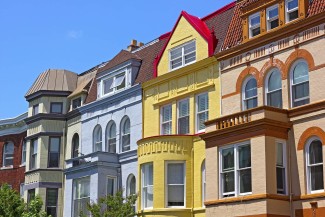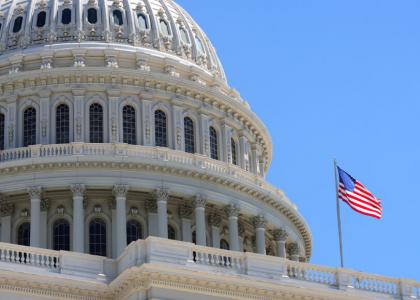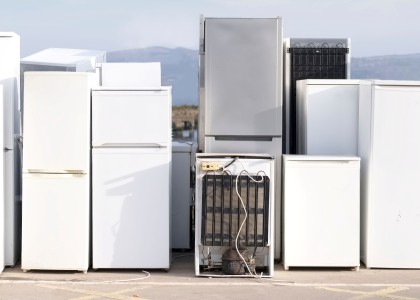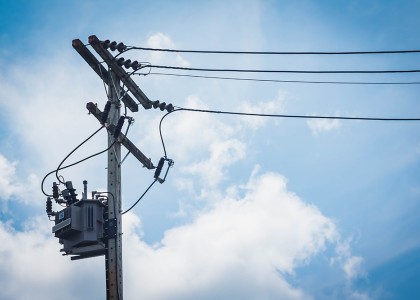Building electrification—reducing greenhouse gas emissions from direct fossil fuel use in buildings—is vital to mitigating climate change. Across the United States, utilities, cities, states, and non-profit groups are offering programs and incentives to electrify space heating, water heating, and other end uses. This report assesses the state of building electrification today by profiling 42 building electrification programs across the country. We summarize current approaches and program characteristics, including the strategies program administrators use to reach customers; program budgets and participation levels; and the extent to which these programs integrate weatherization, energy efficiency, solar, battery storage, and demand response. We find that the typical electrification program is an end-user rebate for heat pumps, although program administrators are using a variety of program models and strategies to deliver incentives to customers. Program budgets are increasing relative to 2020 and electrification programs are expanding across the country, largely driven by policy directives and state climate goals. We also discuss barriers to electrification and identify opportunities and strategies that administrators, utilities, legislators and regulators, HVAC contractors, and property owners can employ to overcome these barriers and promote efficient electrification in the residential, multifamily, and commercial building sectors.
View the Report
| Suggested citation: |
| Cohn, C., and N. W. Esram. 2022. Building Electrification: Programs and Best Practices. Washington, DC: American Council for an Energy-Efficient Economy. aceee.org/research-report/b2201. |





